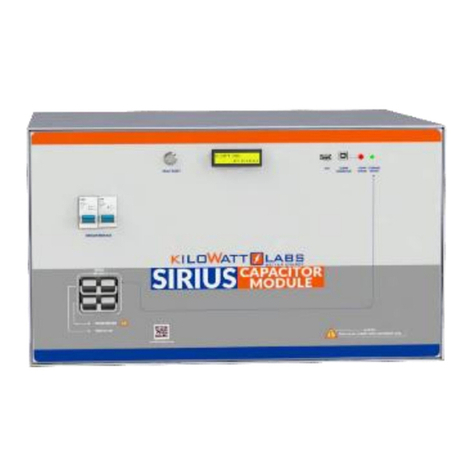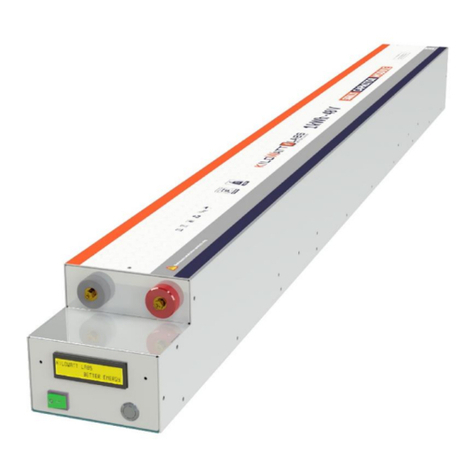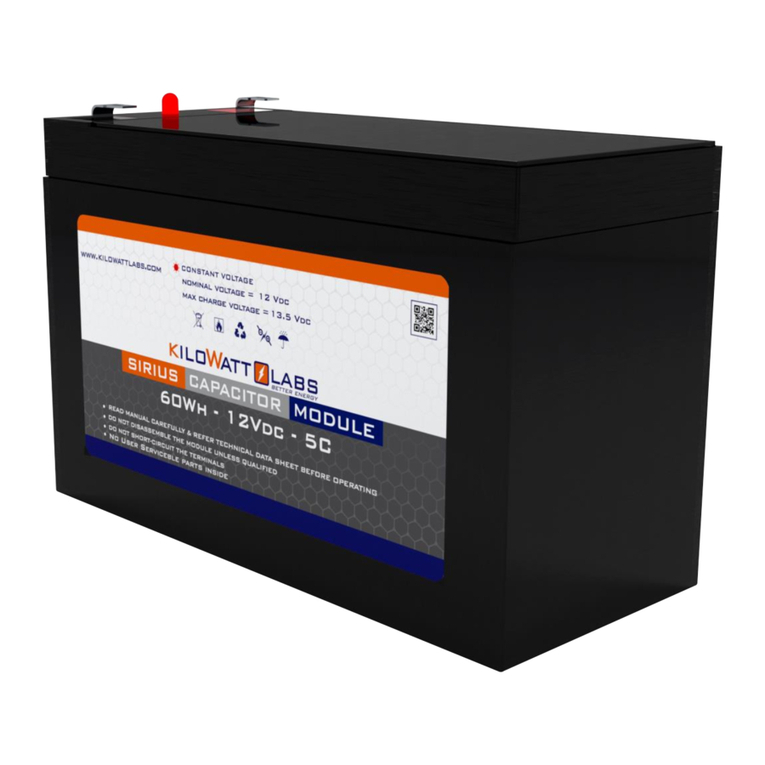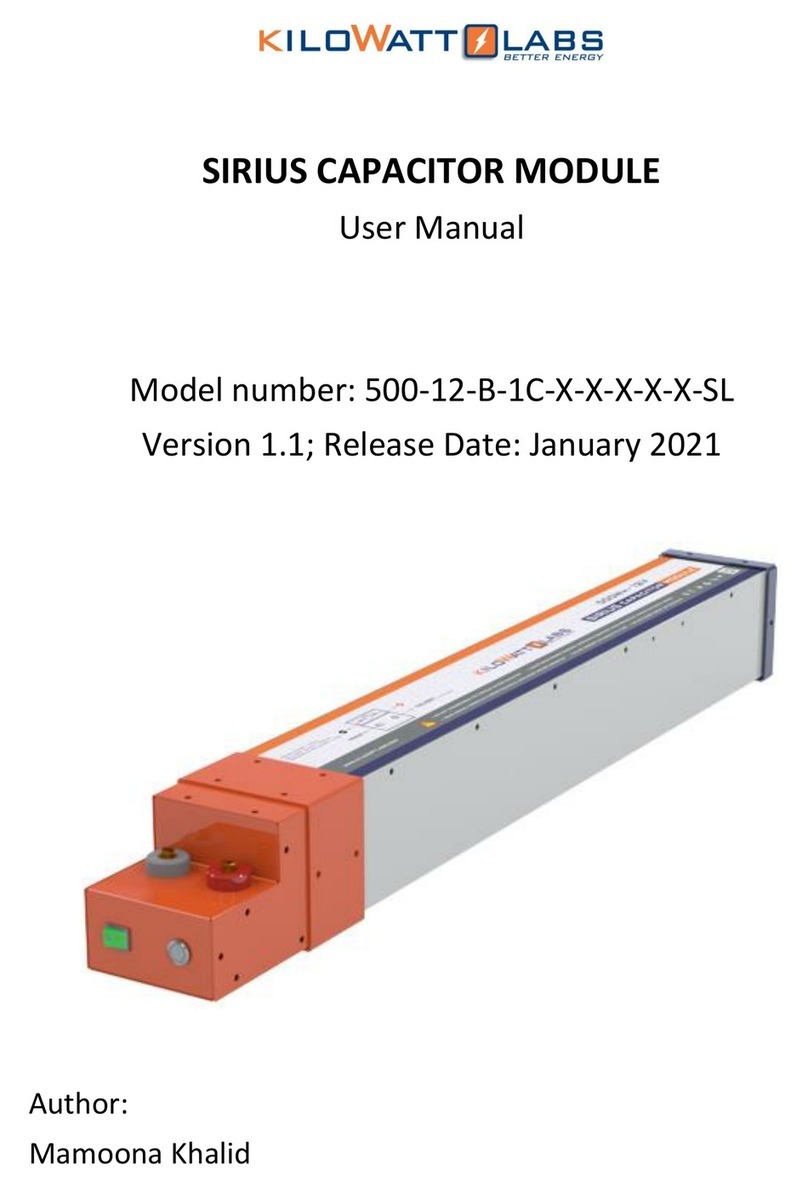Sirius Capacitor Module –User Manual Model Number - 3550-48-B-1.7C-M-SD-A-L-19G
This manual is subject to change without notice and at the sole discretion of Kilowatt Labs, Inc.
Kilowatt Labs, Inc. | www.kilowattlabs.com
3
Contents
1 Safety Instructions: .........................................................................................................................5
1.1 Symbols Convention: ..............................................................................................................5
1.2 Safety Precautions: .................................................................................................................5
1.3 Modules Connection Safety Precautions:...............................................................................6
1.4 Shipping: .................................................................................................................................7
1.5 Qualified Installer:...................................................................................................................7
2 Product Introduction:......................................................................................................................7
2.1 Product Part Number:.............................................................................................................7
2.2 Product Overview: ........................................................................................................................8
2.2.1 Appearance:.............................................................................................................................8
2.2.2 Mechanical Drawings:..............................................................................................................9
2.2.3 Dimensions and Weight:........................................................................................................11
2.3 Product Description: ...................................................................................................................11
3 Tilt Sensor…………………………………………………………………………………………………………………………………….17
4 Module Installation:......................................................................................................................17
4.1 Inspection:...................................................................................................................................17
4.2 Safety Gear:.................................................................................................................................17
4.3 Unpacking and Contents Check: .................................................................................................18
5 Operation Procedures:..................................................................................................................18
5.1 Module Configuration:................................................................................................................18
5.2 Password Protection:..................................................................................................................20
5.3 Software Configuration:..............................................................................................................24
6 Recovery Procedure:.....................................................................................................................27
7 Connecting the Module in Parallel:...............................................................................................29
8 Automatic Safety Shutdown: ........................................................................................................30
9 Trouble Shooting:..........................................................................................................................31
10 Features: .......................................................................................................................................32
10.1 Key Features:...........................................................................................................................32
10.2 Physical features: ....................................................................................................................32
10.3 Technical Features: .................................................................................................................33
11 Shelf Life:.......................................................................................................................................33
12 Maintenance:................................................................................................................................34
13 Disposal:........................................................................................................................................34
































